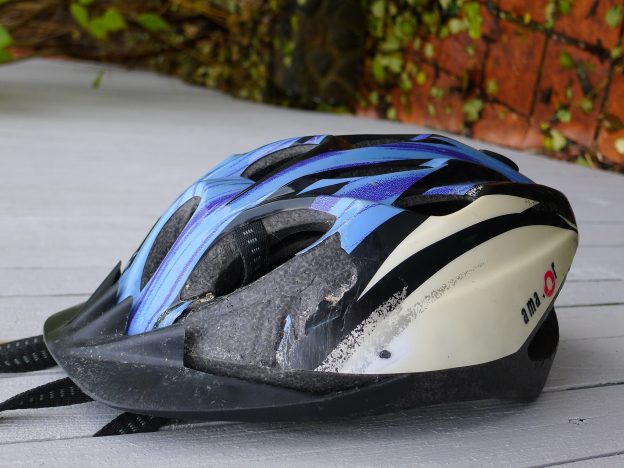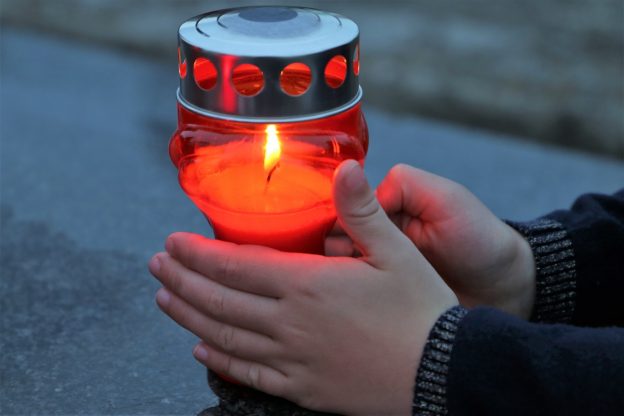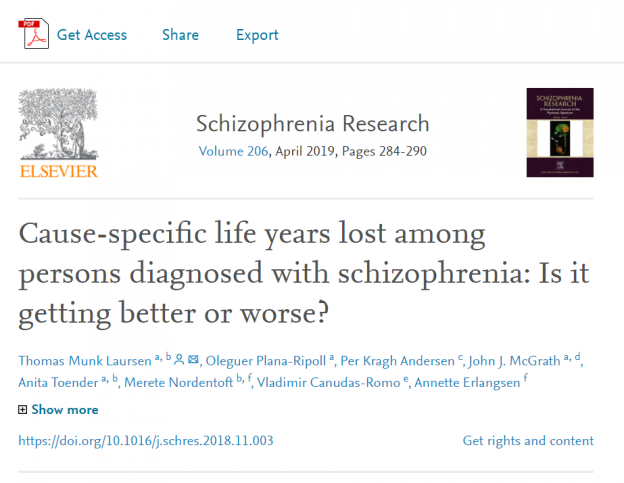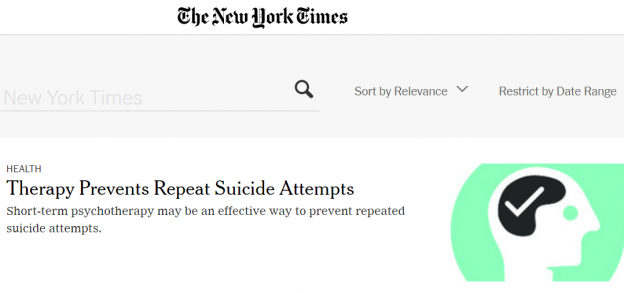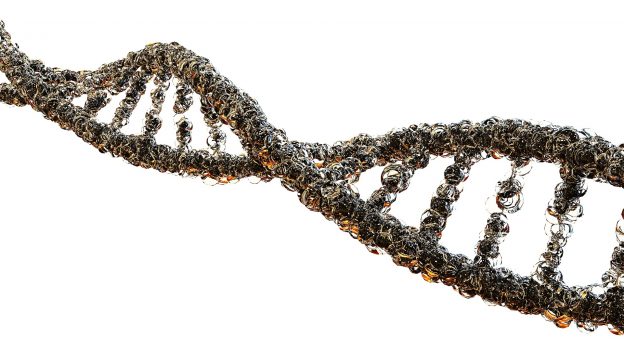Traumatizing events such as exposure to war can affect mental health. After World War I, the term “shell shock” was used to describe the shock effect that individuals who experienced the war may suffer. Although there is an increased awareness of adverse effects for deployed soldiers, stories of individual events, which seem to question the support that provided to veteran soldiers, often find their way to media reports.
To gain deeper insights into the stress experienced by deployed combat soldiers, DRISP has conducted a research project together with the Danish Veteran Center.
The study included more than 12,000 Danish veterans deployed on an international mission in the years 1997-2016 and who participated in a questionnaire survey after returning home. In the survey, they were asked about the level of combat exposure and experiences of the consequences of war. Figures from national registers administered by Statistics Denmark and the Danish Health Authority showed that a total of 83 veterans had had a suicide attempt after returning home. The findings of the study showed that veterans with a higher level of combat exposure have an 8% higher risk of suicide attempt after returning home compared to veterans with a lower level of combat exposure. The findings also confirmed that the increased risk of suicide attempt applied to veterans who, in addition to combat exposure, had symptoms of PTSD and/or depression. No association was found between having witnessed the consequences of war and suicide attempt.
The results point to the importance of attention towards those who have been exposed to combat and subsequently develop PTSD or depression, as this group were at greater risk of later suicide attempt.
You can find the study here: https://www.psychiatrist.com/jcp/trauma/combat-exposure-risk-suicide-attempt-danish-army-military-personnel/
Partners:
- DRISP: Trine Madsen; Annette Erlangsen
- Videnscentret (VIC) ved veteran Centret samt ViVE



